Gigabyte GeForce GTX 660 Ultra Durable 2GB (GV-N660OC-2GD)
Not massively produced as EVGA, Gigabyte only
released a pair of attractive GeForce GTX 660s. We will take a look at the
fastest (of the two), named Gigabyte GeForce GTX 660 Ultra Durable.
In the box’s front, you will see an eye
staring at you. Here, the product’s name, type and amount of memory as well as
cooling system are also mentioned.
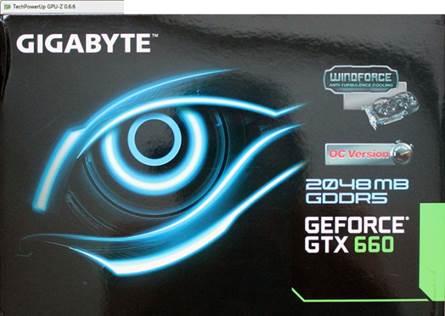
The
package
Its technical specs are shown on the box’s
back. You will also notice descriptions of the cooler and Ultra Durable 2
technology.
Here, the accessories are just a power
cable and a short installation guide.
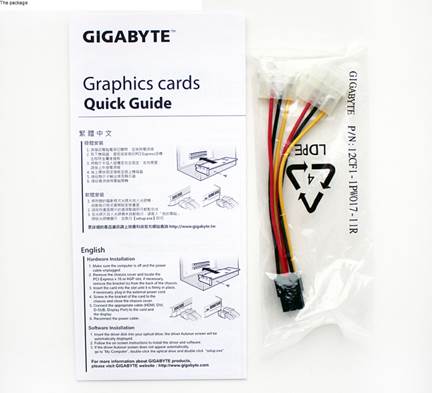
The
accessories
Even, there isn’t any CD with drivers and
utilities or any free game, or something. Of course, it is not a hi-end
graphics card, though the other two products compared in this review come with
more accessories. Produced in Taiwan, the Gigabyte GeForce GTX 660 Ultra
Durable is priced at $229, having a 2-year warranty.
Gigabyte’s original graphics cards are
distinguishable thanks to the curvy outline surrounding the cooling system which
make them very eye-catching.
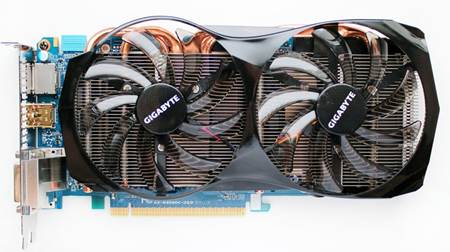
Cooling
system
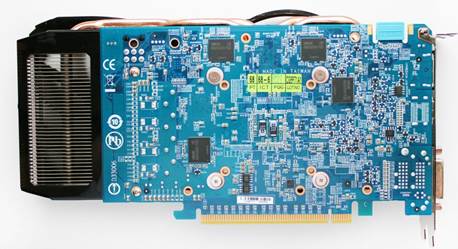
The
PCB
The two 90mm fans featuring translucent
blades and the glossy black frame entirely cover the PCB. The card’s length is
256mm.
The Gigabyte sets a standard selection for
outputs, including DVI, HDMI and DisplayPort.
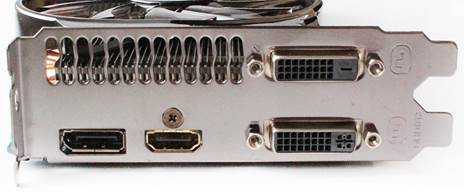
Outputs
The SLI and power slots also follow the
common standard.
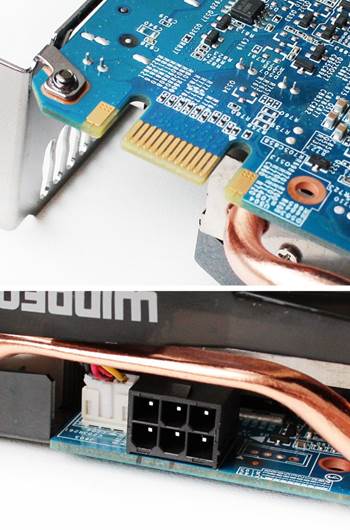
SLI
and power slots
The power requirements meet with those from
the original card: 140/450 watts. The Gigabyte GeForce GTX 660 is from the
Ultra Durable 2 series, which means that it uses hi-quality durable components
such as Japanese capacitors, ferrite-core chokes and low-RDS(on) MOSFETs.
The PCB follows the original design with a
4+1-phase power system, too.
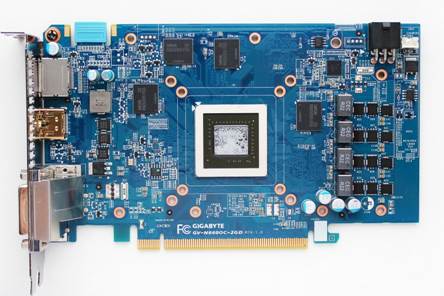
The
PCB’s power system
The A1 GPU version is finished by the 30th
week of 2012 (in the middle of July).

GPU
A1
By default, it is set at 1033/1098MHz clock
rate, which is higher than of the original card yet lower than of the EVGA's
GPU frequency. The memory chips are identical, like in EVGA.
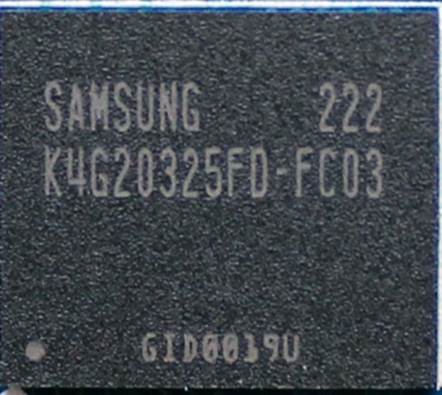
The
memory chip
The Gigabyte follows GeForce GTX 660 specs,
regarding memory frequency. Sadly, creators of the graphics cards are not
willing to pre-overclock these memory chips.
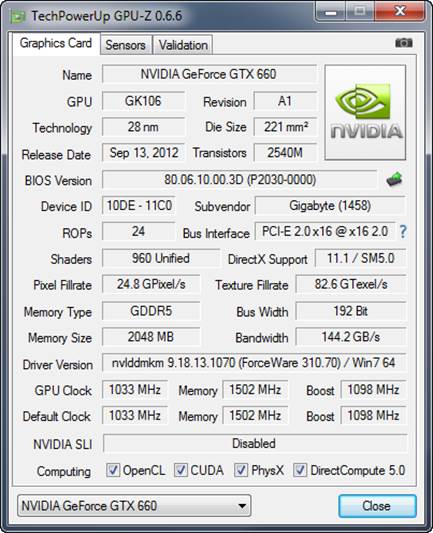
Memory
specs
The Gigabyte GeForce GTX 660 Ultra Durable
extremely fits the WindForce 2X cooler. We checked it out in
recent GeForce GTX 650 Ti review but there seems to have an improved
version of it there.
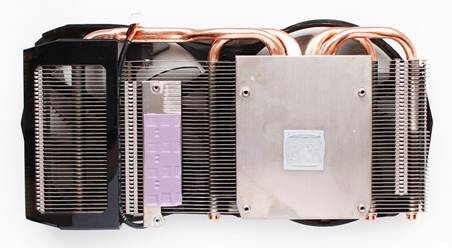
Cooler
Not two, but four heat pipes are now inside
the cooler. There isn’t any direct-touch technology here because of the base which
is made of nickel-plated copper. The electronic components are cooled by the
main heat-sink through a heat-eliminating pad (like in the EVGA card).
The cooler’s components (the pipes, the
fins and the base) are all soldered together.

The
cooler’s design
The cooler has two PWM-configured 90mm
fans. Through controlling tools, their speed ranges from 900 to 2600RPM.
The WindForce 2X carries out its work
perfectly. In the auto-mode the fans worked at 1920RPM and the GPU’s
temperature was below 60°C.
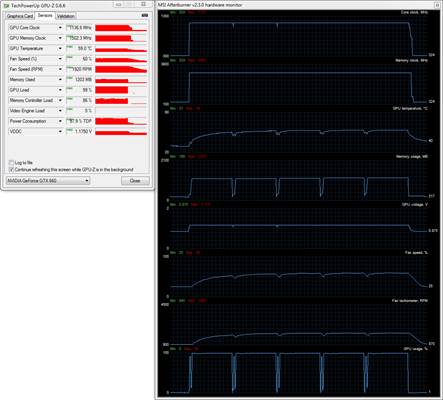
Auto-fan
mode
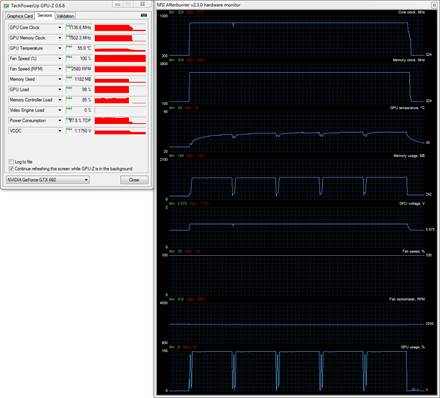
Maximum-speed
mode
The GPU’s heat only peaked 55°C at the maximum
fan speed! That’s a great result, in comparison with both the original card and
the above EVGA which has been discussed about.
We tried overclocking the GPU and memory of
the Gigabyte GeForce GTX 660 Ultra Durable by, respectively, 90 and 760MHz.
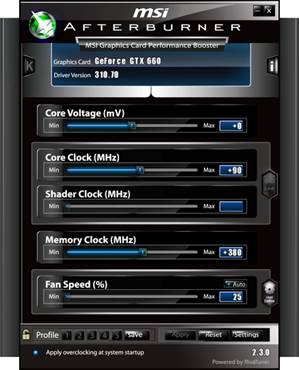
Overclocking
process
The GPU clock rate was the same as the
result we go in the EVGA card but the memory clock rate is a bit higher.
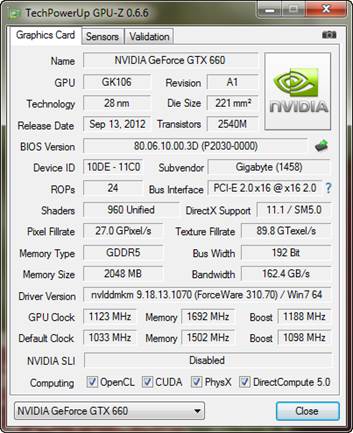
Overclocking
result
Gigabyte’s cooler did a good job when maintaining
the GPU temperature low (61°C) at 2010RPM.

Overclocking
temperature
Gigabyte GeForce GTX 660 Ultra
Durable specs:
·
Graphics processor: GK106 “Kepler” (TSMC)
·
Production process, nm: 28 (low-k)
·
Die size, nm2: 221
·
Transistors, mln: 2540
·
GPU frequency, MHz: 3D/1,003 (1,098 – boost);
2D/324
·
Unified shader processor: 960
·
Texturing units: 80
·
Rasterization units (ROPs): 24
·
Max theoretical fillrate, Gpixels/s: 24.8
·
Max theoretical texture sampling rate,
Gtexels/s: 82.6
·
Pixel Shaders/Vertex Shaders: 5.0/5.0
·
Supported memory type: GDDR5
·
Effective video memory: 3D/6,008; 2D/648
·
Memory size, MB: 2,048
·
Memory bus width, bit: 192
·
Memory bandwidth, GB/s: 144.2
·
Peak power consumption: 3D/140; 2D/no data
·
PSU requirements, W: 450
·
Reference PCB dimensions (LxWxD), mm: 256x131x42
·
Interface: PCI-Express x16 (v3.0)
·
Outs: DVI-I + DVI-D (Dual-Link), 1 HDMI v1.4a, 1
Display Port v1.2
·
MSRP/min retail price, USB: $229/$229